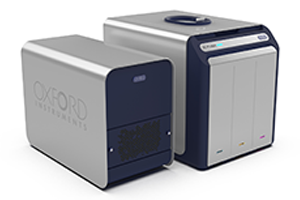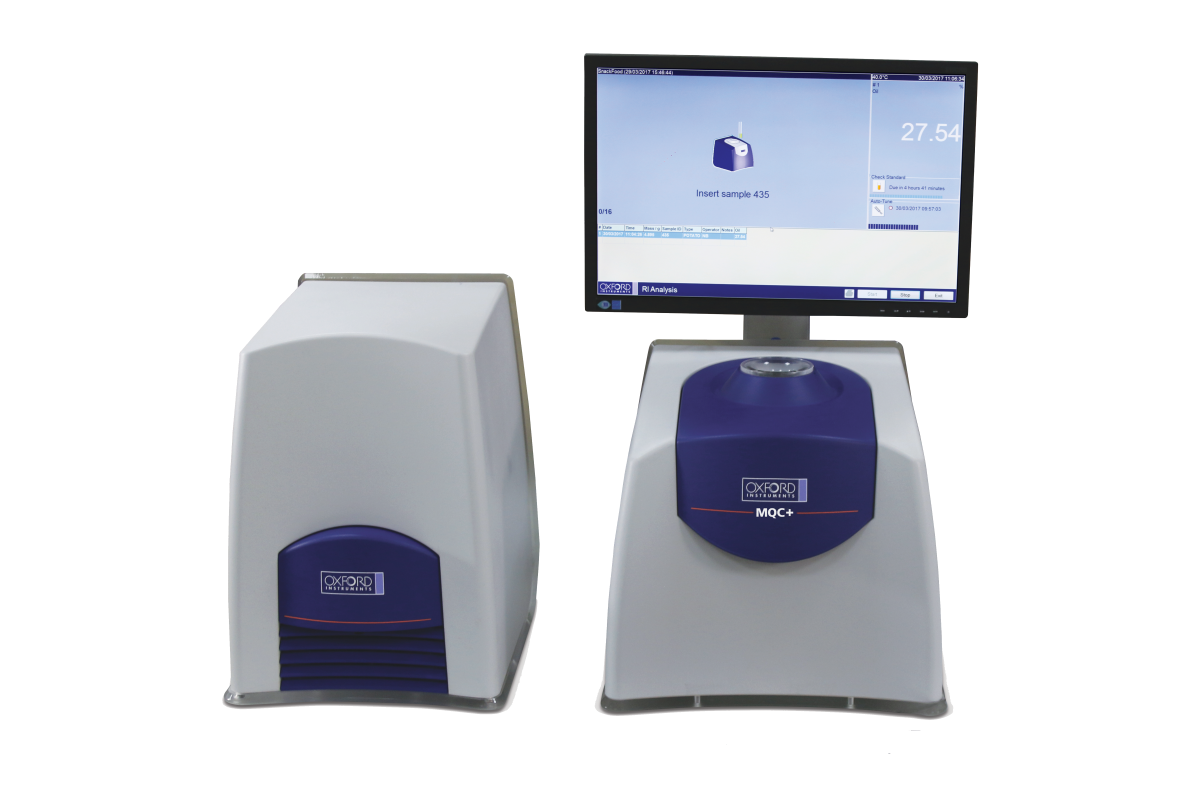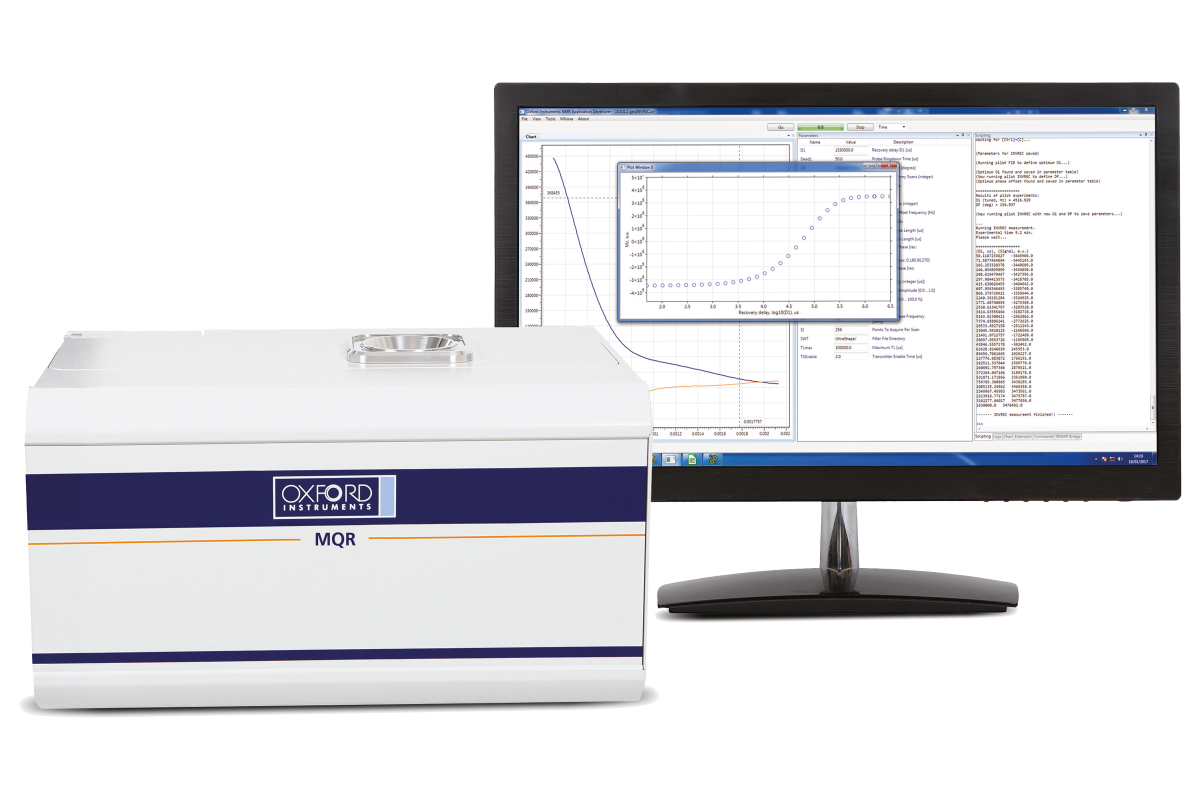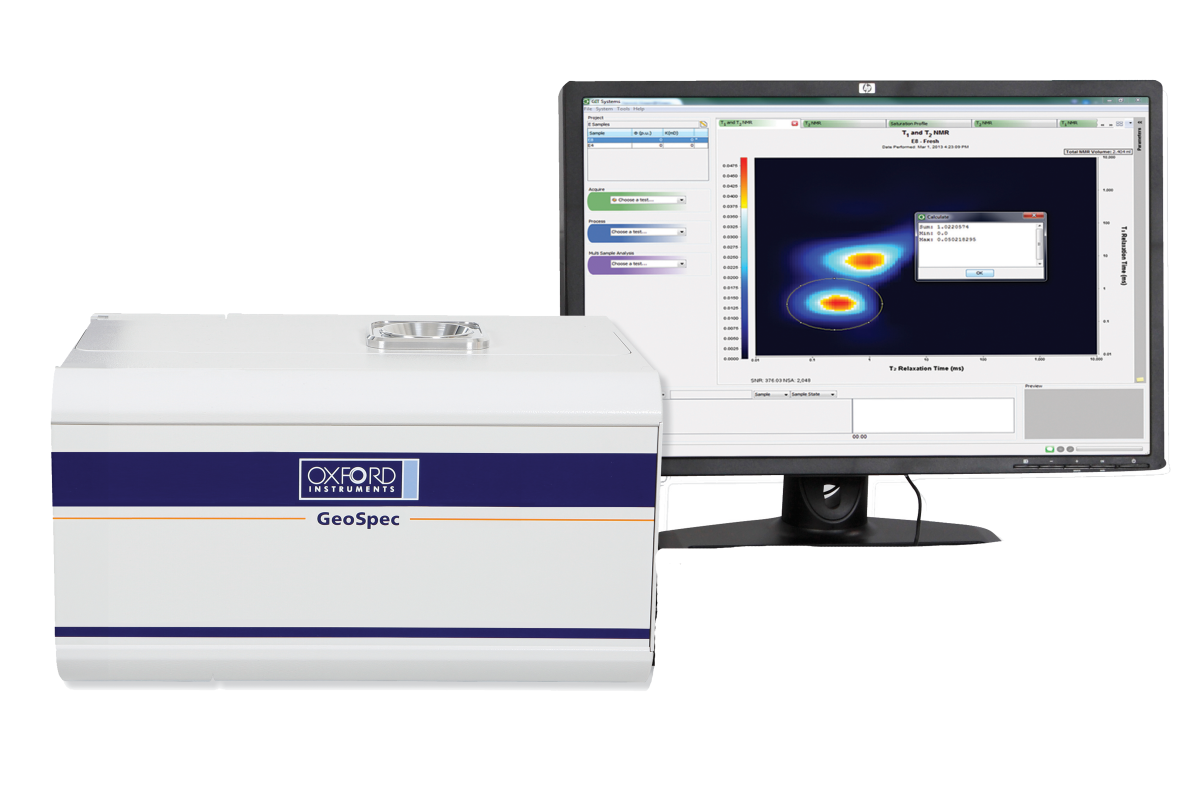Benchtop NMR spectroscopy is in its relative infancy as a technique, with the first commercial instruments having been introduced less than a decade ago. Initially, benchtop instruments offered limited capabilities, only producing 1D 1H and 19F NMR spectra at a fixed temperature, restricting their usage largely to basic educational applications and limiting their usefulness in research and industrial settings. However, the field has seen significant interest and development in the last five years, with more modern benchtop NMR spectrometers offering many capabilities of high-field instruments, such as 2D spectra, multinuclear spectra, and gradient-selected experiments. Still, due in large part to engineering challenges posed by the properties of rare-earth permanent magnets, capabilities such as stable variable-temperature operation and true broadband NMR have previously remained out of reach.
NMR Spectrometers
QA/QC Analysers
Rock Core Analysers
Applications
Learning








